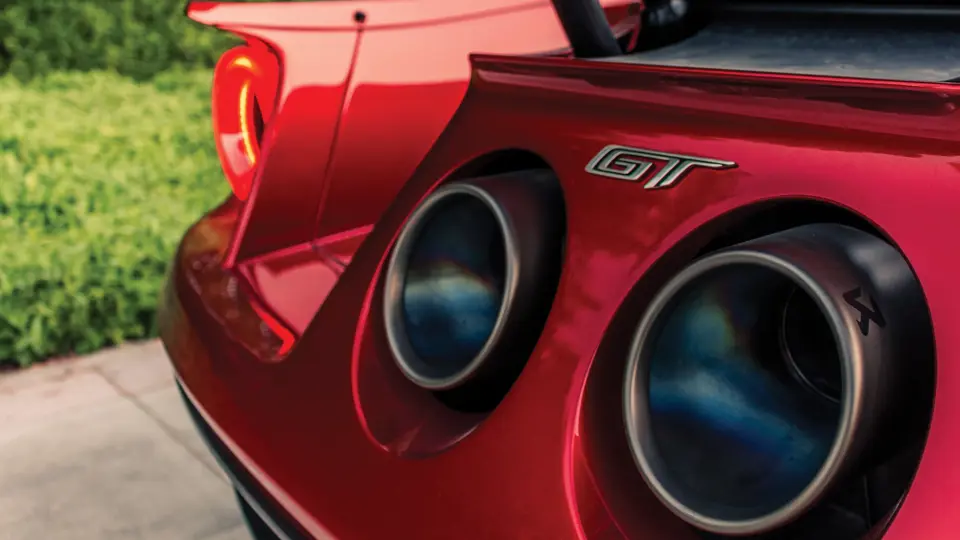The legend of Ford’s attempt to acquire Ferrari only to beat them at their own game at the 24 Hours of Le Mans is one of motor racing’s greatest stories. Connected to some of racing’s greatest drivers and engineers, the original Ford GT40 of the late 1960s has evolved into one of America’s most valuable and revered sports cars, never to be forgotten. In particular, the company’s first win at Le Mans in 1966, where GT40s ran to a 1-2-3 runaway finish, has captured the popular imagination, even becoming the grist for the new Hollywood film called Ford v. Ferrari, starring Matt Damon and Christian Bale.
In 2015 Ford brass was inspired with the idea of a new GT, but this would be much more than a heritage exercise. Designers and executives alike thought the new speed machine should be capable of winning races, and to that end, the resulting supercar was engineered from the ground up with only a passing semblance to the original. While retaining the wide, low profile and basic silhouette of the GT40, the new Ford GT was built around a carbon-fibre monocoque chassis mounted with aluminium subframes and wrapped in a new exterior skin of carbon fibre.
It was recognized that in today’s modern age of engineering, a large and heavy V-8 would not be required to produce the necessary horsepower for a race car. In fact, such an engine would have created aerodynamic challenges from its mere size. So Ford chose to rework its twin-turbocharged V-6 Ecoboost engine to the extreme, fitting a dry-sump lubrication system to the all-aluminium 3.5-litre motor. The resulting mill was mated to a seven-speed dual-clutch transaxle that developed 647 hp and 550 foot-pounds of torque—enough power to hurl the 1,385 kg car to 60 mph in three seconds flat, with a top speed of 216 mph.
As amazing as the repurposed Ecoboost engine was, the chassis and bodywork were even more ingenious. Every step of development prioritized maintaining low weight and aerodynamic efficiency, as a gaggle of scoops and vents throughout the coachwork channeled air to the engine and brakes while maximizing downforce. Anchored by Brembo carbon-ceramic brakes with six-piston calipers and huge 394 mm rotors up front, the GT also employed hydraulic power steering, making for a race car that by every account provides feedback to the driver from the very first push of a pedal. Efficient architecture was so prioritized that the sport seats were fixed rather than adjustable, and the pedal box and steering wheel were designed to adjust around the driver rather than vice versa.
Ford immediately began campaigning a group of competition-prepared examples in partnership with Chip Ganassi Racing. Undoubtedly its most exciting result was a class win at the 2016 24 Hours of Le Mans, proving that fifty years after its historic victory over Ferrari, Ford could still outperform the competition.
Sold only to clients that Ford deemed worthy, the GT was earmarked for a production number of no more than 1,000 examples, ensuring a rarity worthy of the mighty nameplate. Following a test drive, Top Gear magazine proclaimed the new GT ‘one of the best-handling cars in the world right now’, adding, ‘it is a sensational car to drive…beautifully balanced, sharp, stable, and rewarding’.
Delivered new to the consignor in the GCC in late December 2017, this minimally driven GT was finished in Liquid Red paint with black racing stripes and black trim. Optioned with the full-gloss carbon-fibre pack, the car was fitted with carbon-fibre interior trim and a black Alcantara steering wheel, as well as 20-inch carbon-fibre wheels with titanium lug nuts. Also equipped with an Akropovik titanium sports exhaust, it currently displays only 415 kilometres from new.
This is a sensational and pristine example of a modern Ford GT that would make a stunning complement to any sporting collection.
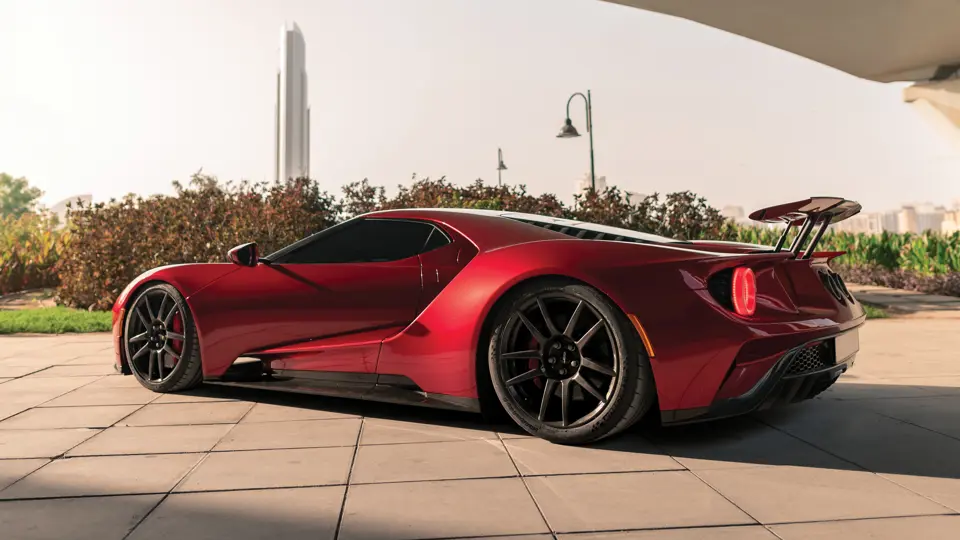





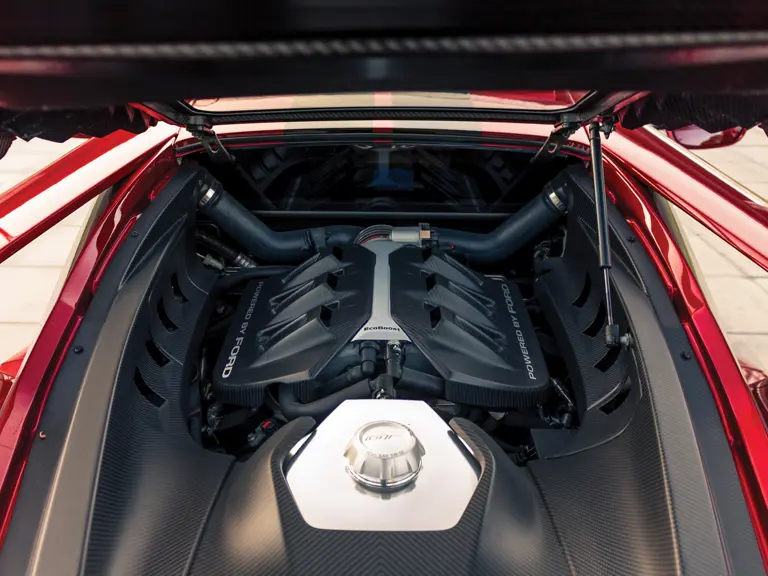



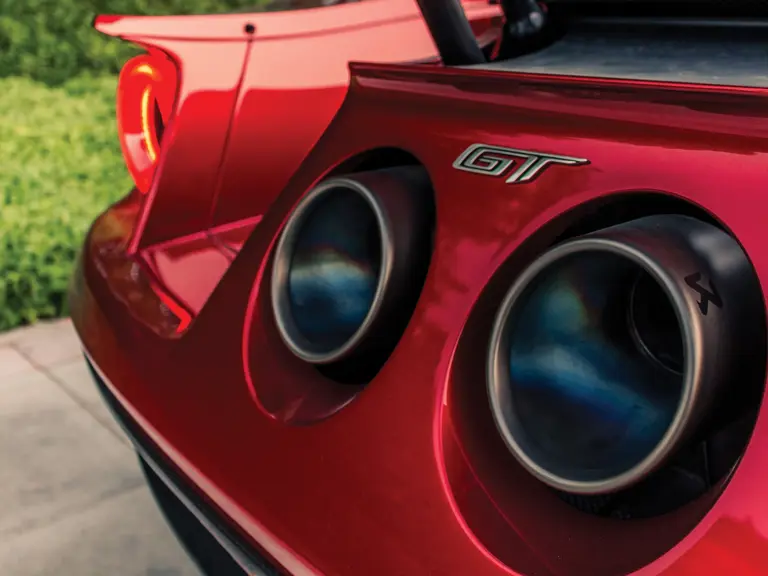



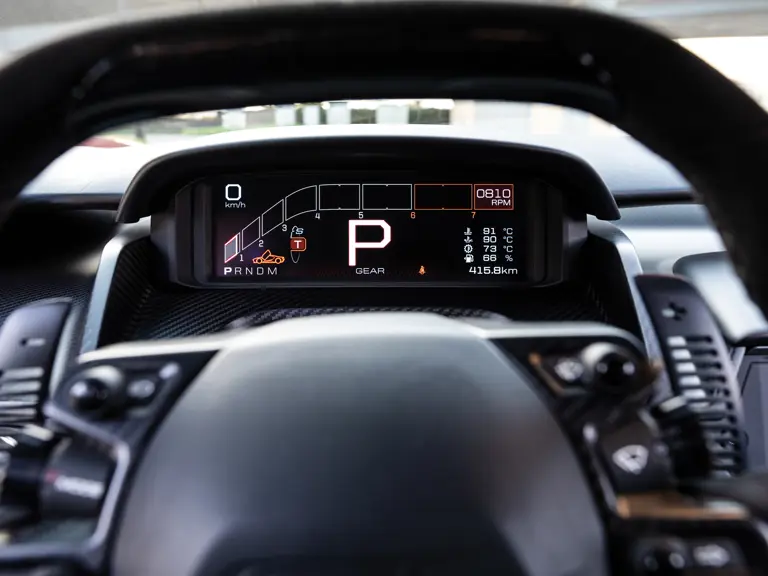
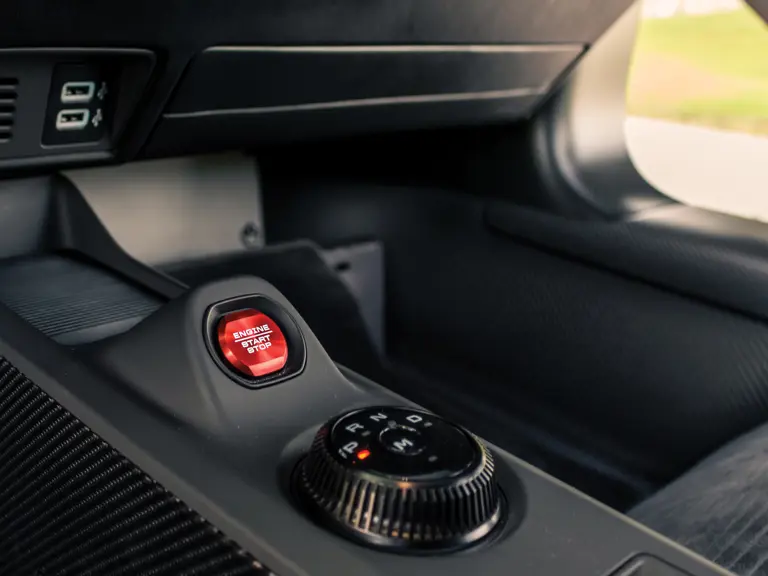
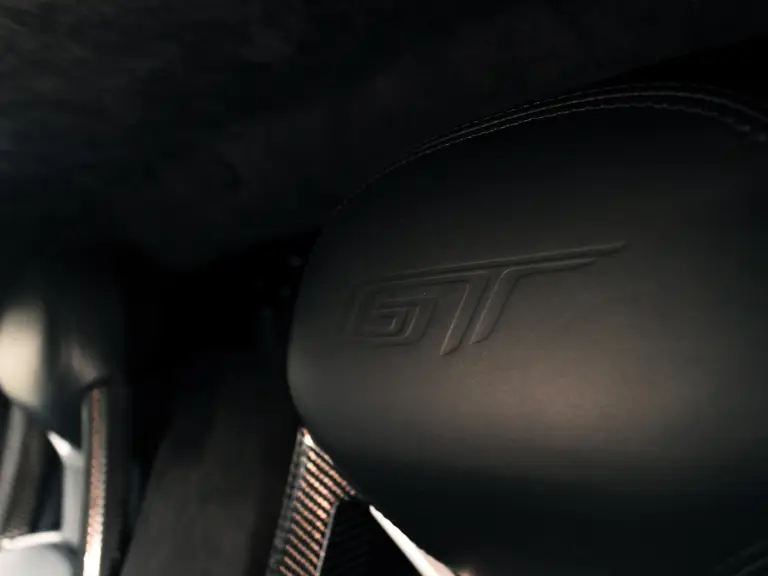

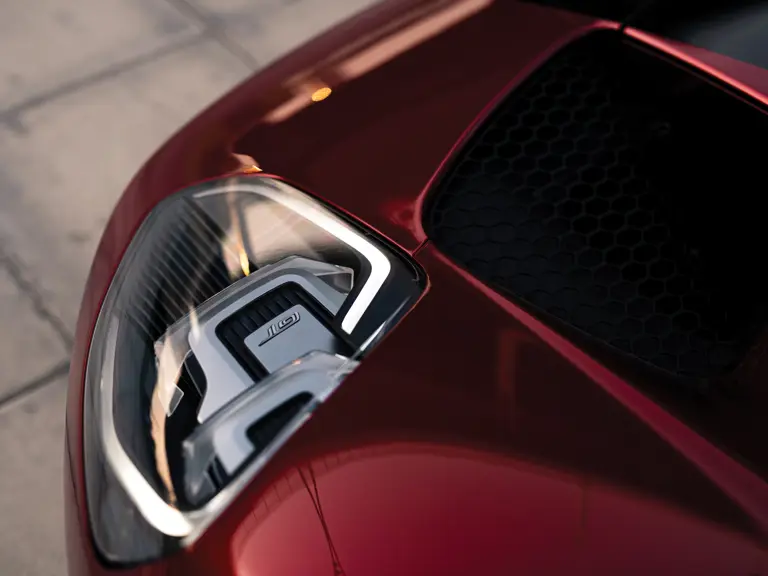
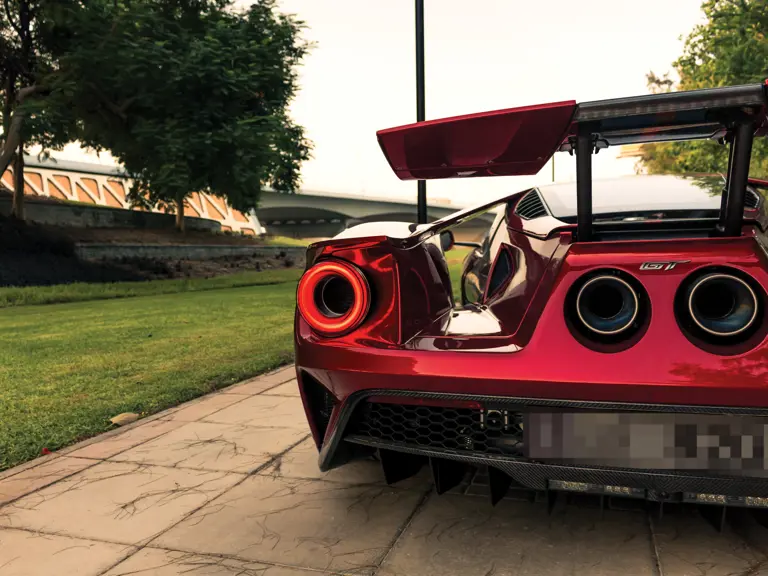











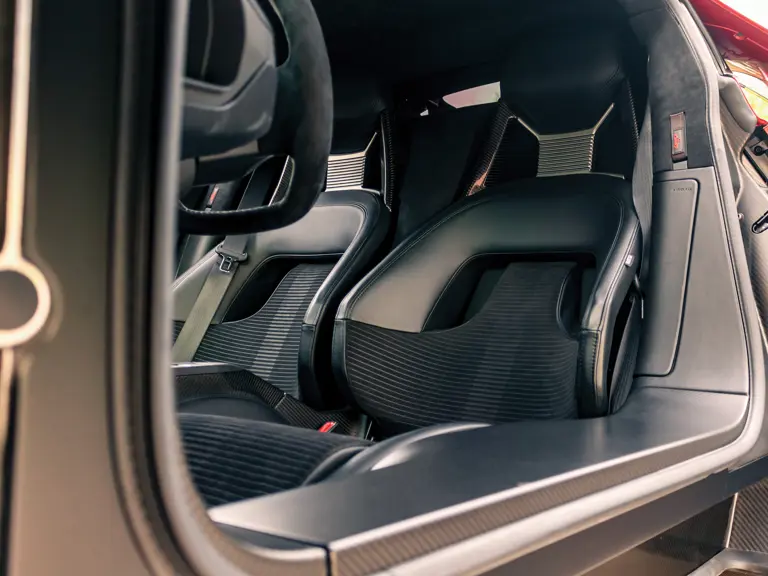

 | Abu Dhabi, United Arab Emirates
| Abu Dhabi, United Arab Emirates


